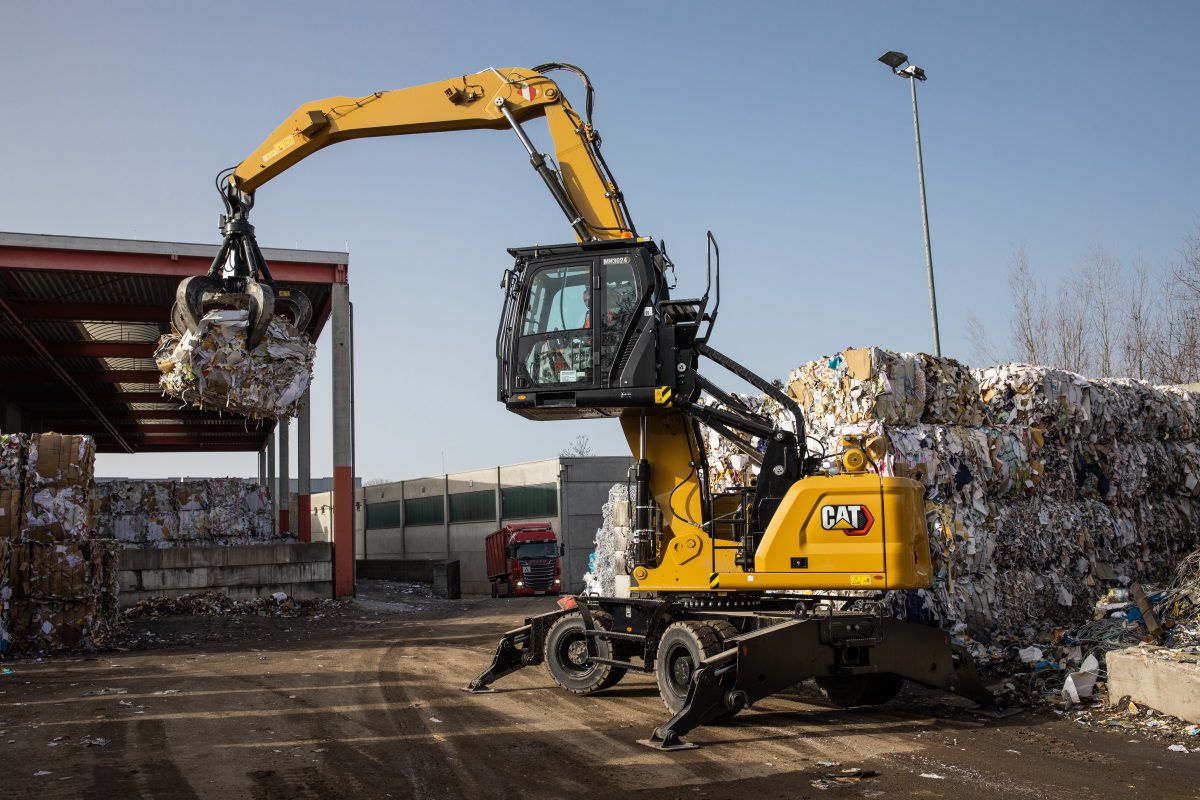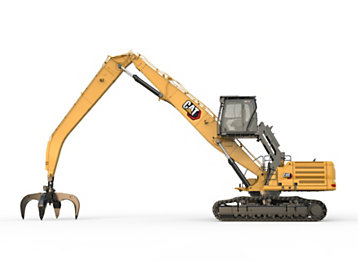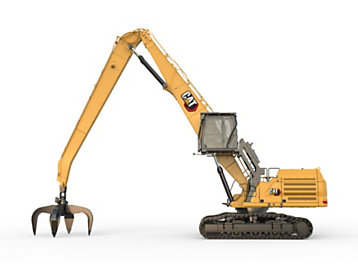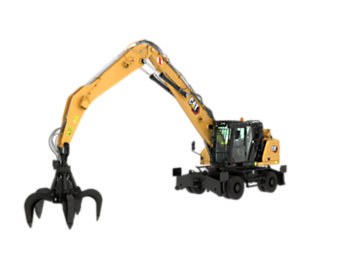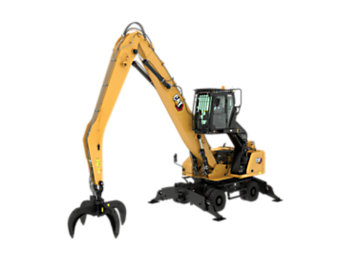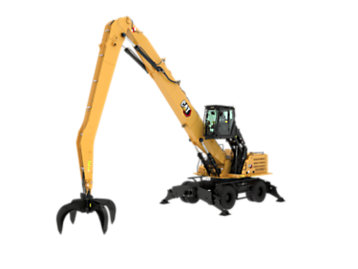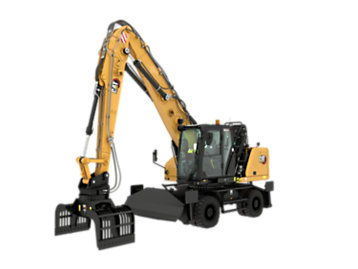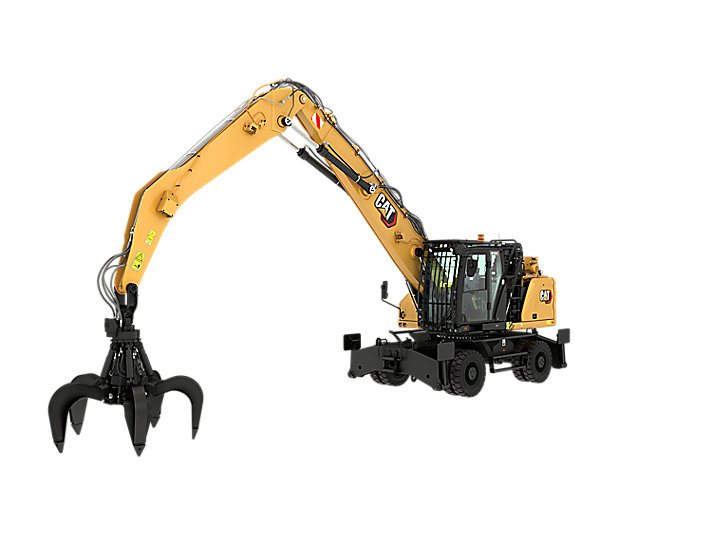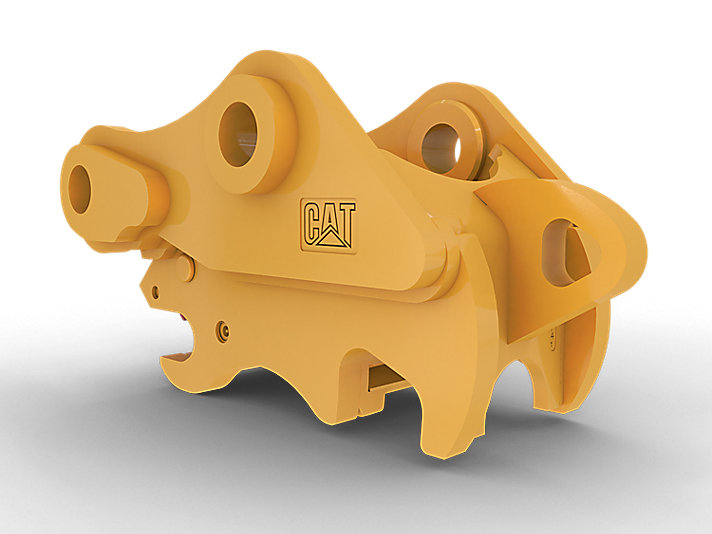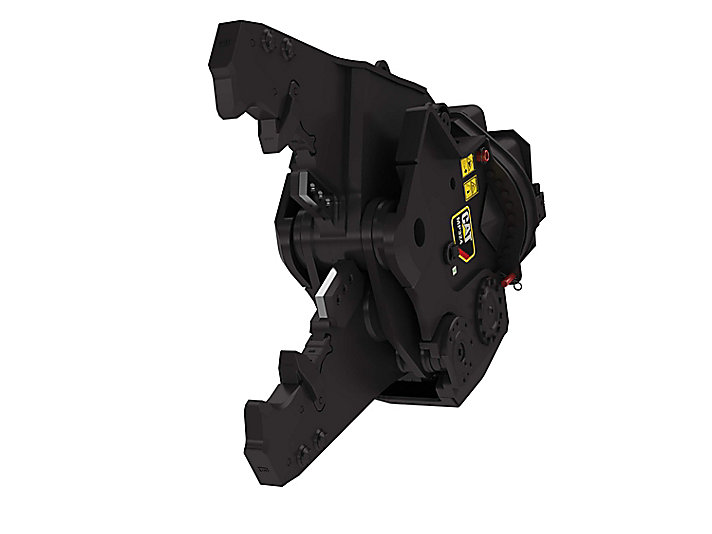- Cat Payload helps you achieve precise load targets to improve your operating efficiency. Pick up a load of material--with a bucket and thumb combination or grapple and clamshell attachments--and get a real-time weight estimate without swinging.
- Combine Payload with VisionLink® and remotely manage your production targets.
- VisionLink® provides actionable data insights for all assets - regardless of fleet size or equipment manufacturer. * Review equipment data from your desktop or mobile device to maximize uptime and optimize assets. Dashboards provide information such as hours, miles, location, idle time, and fuel utilization. Make informed decisions that lower costs, simplify maintenance, and improve safety and security on your jobsite.
- VisionLink® Productivity gathers and summarizes machine telematics and jobsite data from all your equipment – regardless of the manufacture. * View actionable information such as idle time, fuel burn, location, payload, load counts, total cycles, and more to improve machine efficiency, productivity, and utilization. Access data anywhere via a mobile, tablet, or desktop - on or off the jobsite.
- Remote Troubleshoot is a mobile application that allows your Cat dealer to perform diagnostic testing on your connected machine remotely to help ensure that issues are resolved quickly and with less downtime.
- Remote Flash is a mobile application that allows you to update onboard software without a technician being present, allowing you to initiate software updates when convenient, increasing your overall operating efficiency.
* Data field availability can vary by equipment manufacturer.

